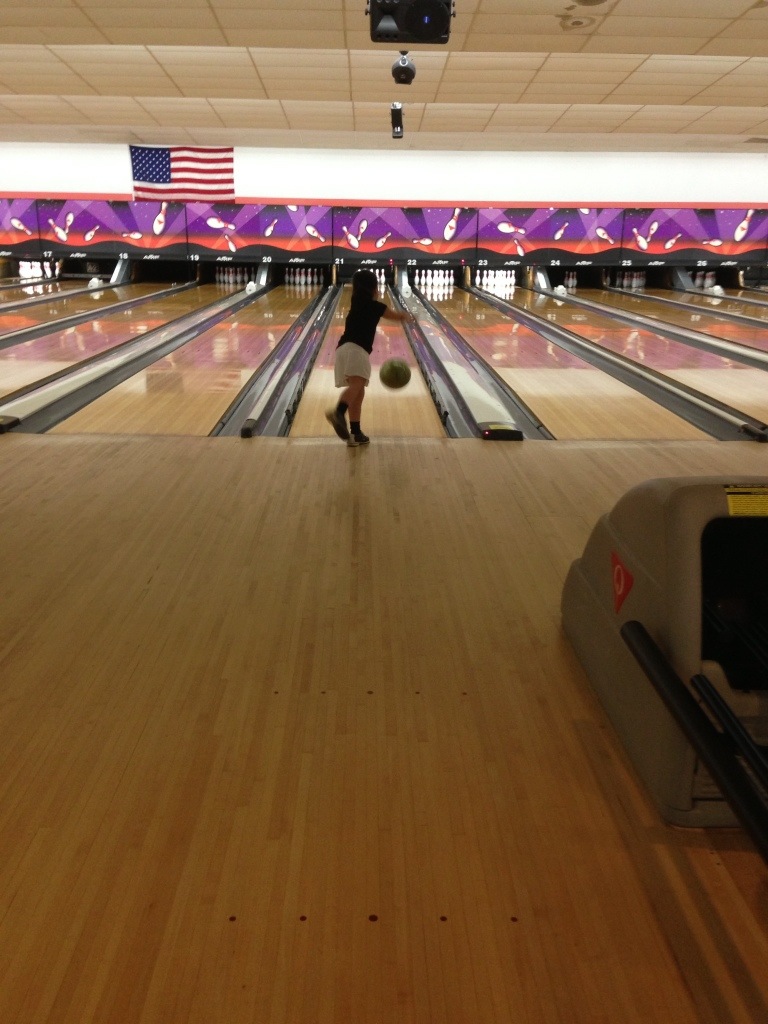I had the chance to go bowling today.It was a mixed bag. Adults, adolescents, elementary school kids.
Three lanes, three games, mixed- ages. The three youngest kids were in the same lane together with one adult. I was in the lane next to them. It was quite the scene. Because we’d arrived early, much of the bowling alley was ours to disrupt with celebrations and good-natured chiding.
At some point, I started to pay more direct attention to the game beside mine. We’d been celebrating the small successes of the younger kids throughout. My attention, though, became more direct.
Their game had started with the bumpers up on the lane and an assistive apparatus that acted like a metal slide to help the ball build momentum and be aimed down the lane. A few frames in to the first game, the two youngest kids decided they didn’t want to use the slide. They looked at the games happening around them and realized the older folks were throwing the balls independently. I’m guessing this pushed them to try the same thing.
Once the slide was gone, it never returned. They could do ti without the added help. The bumpers stayed up throughout both games. Either the kids never realized they were optional, or they decided they wanted to keep them.
Either way, they realized they were getting more help than they needed with the slide, and could perform the task to their own satisfaction without it.
This is key, and I needed to remember it in the middle of the second game. The kids were able to perform the task to their satisfaction without the slide. They weren’t worried about whether the adults around would praise or chastise their performance. They set to doing what they wanted to do and were allowed to shape their experience to their own terms insomuch as they were in control of the environment.
The part I had to remember became apparent when the third grader stepped to the line to throw midway through the second game. It wasn’t my turn in my lane for a few more players, and I was struck with the idea, “Well, maybe I should help him learn to throw the ball better.”
Luckily, immediately, my better judgement got ahold of me. Had he asked for help? No. Did anything I might have to say have a chance of improving his experience? No.
Most importantly, was he learning to adjust to the task at hand to meet his needs without any word from me? Yes.
I didn’t offer any “help” because he was helping himself. He had figured out the thing he wanted to do, and he was doing it. My task was to sit alongside and co-enjoy the experience.
Even coaching from my chair was unwarranted. I didn’t need to be the quaintly and condescendingly-phrased “guide on the side.” My job was to co-enjoy the learning experience. I took a pause to watch what was happening, register the victories and defeats, and enjoyed the learning in pursuit of an internal goal.
Perhaps our classrooms could do with more co-enjoyers.
